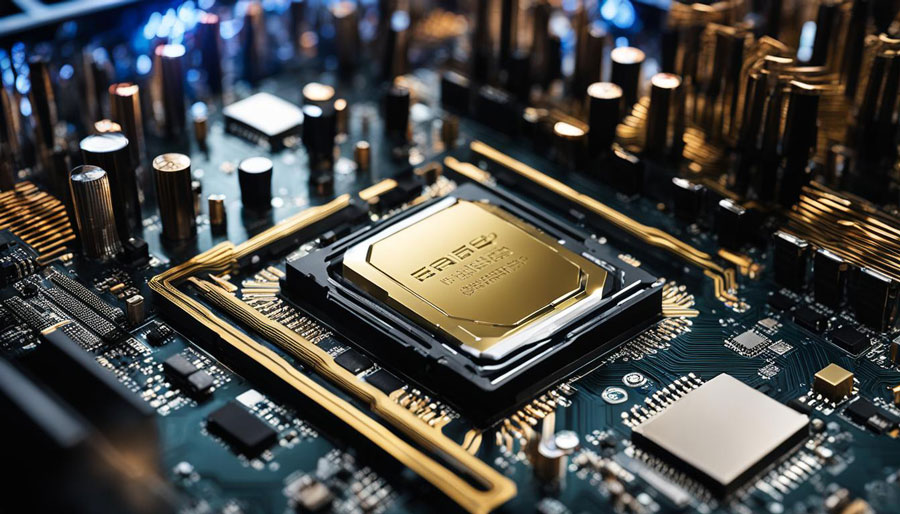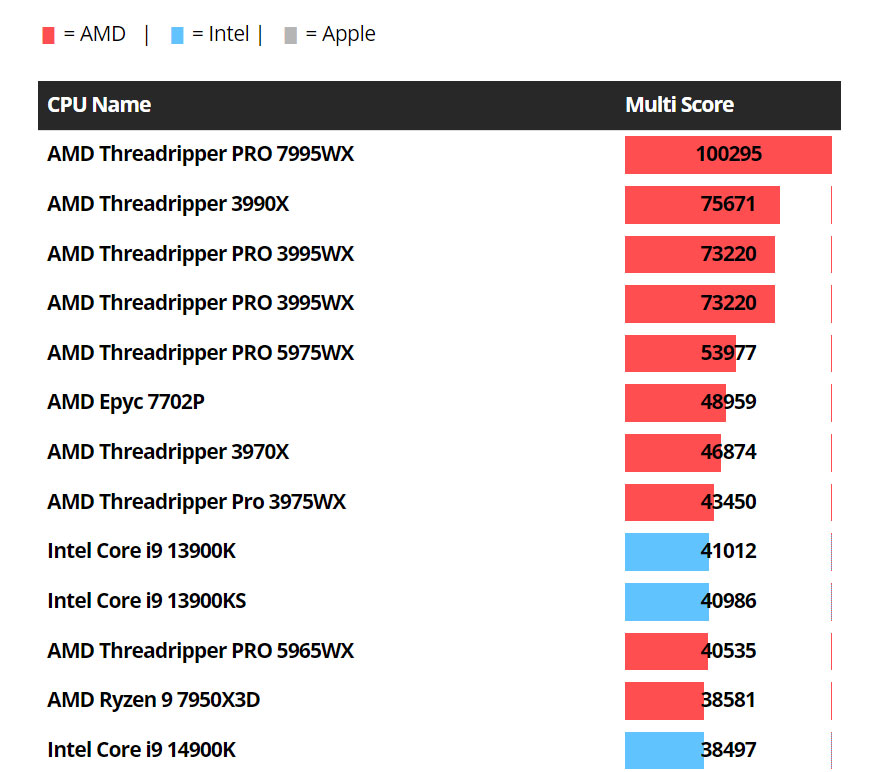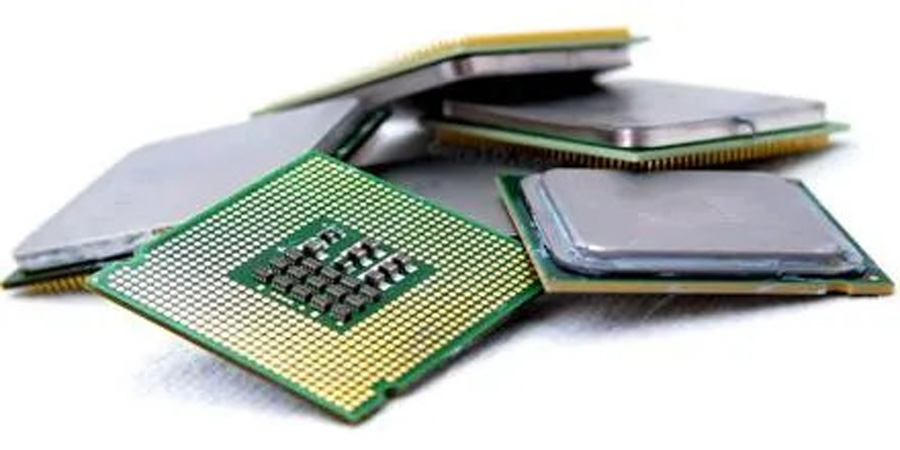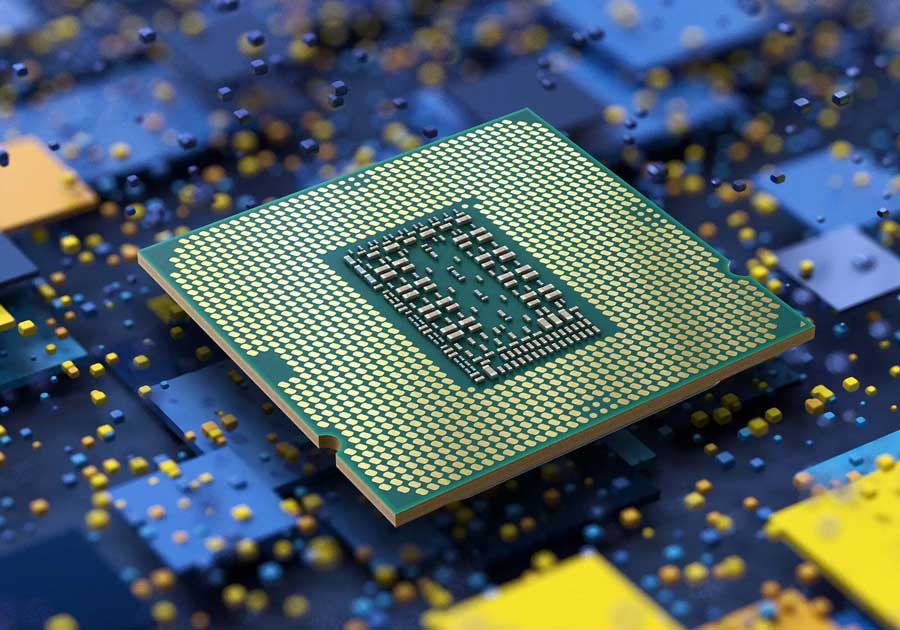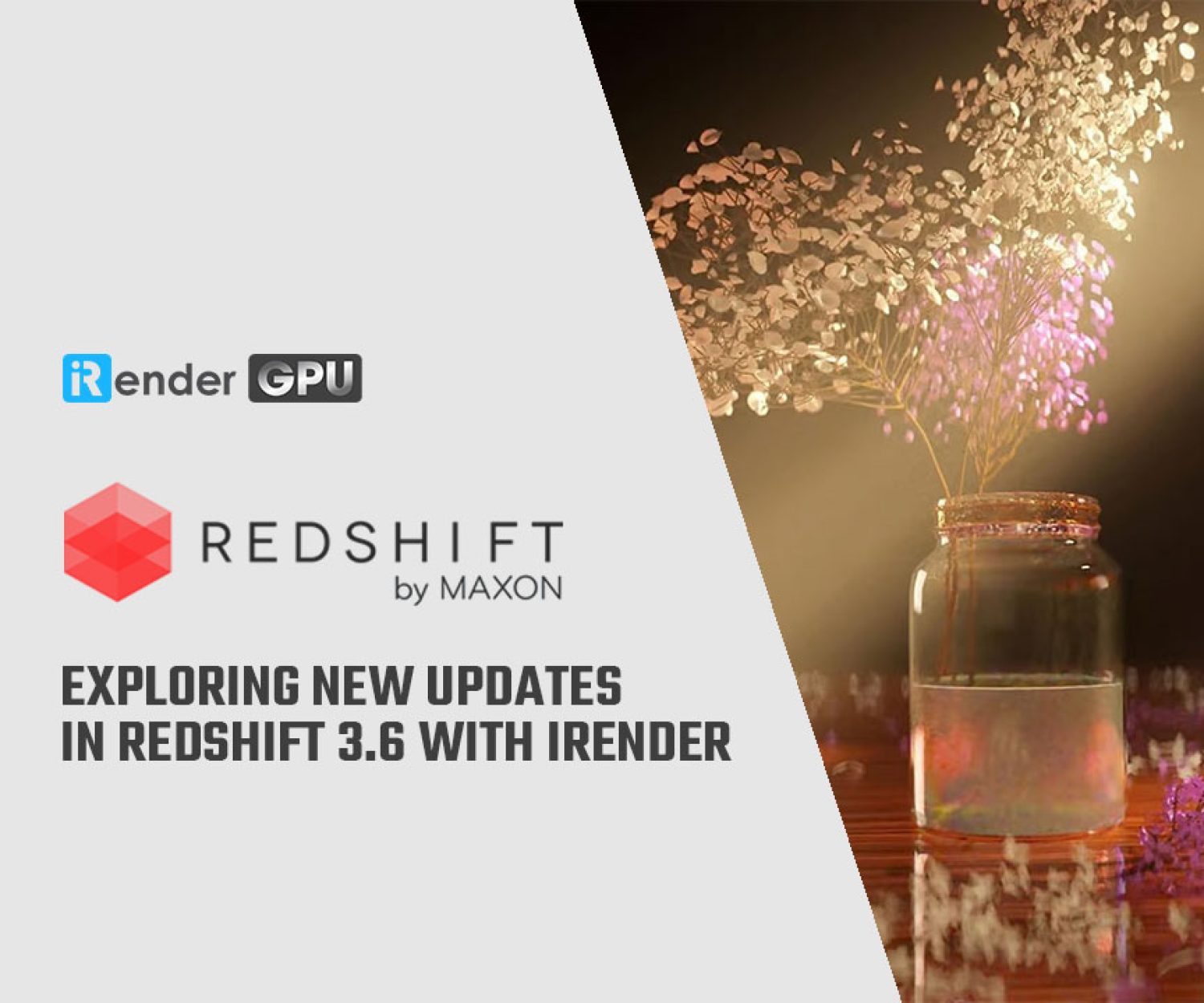Multi-Core Processors: A Unique Approach to Achieve Higher System Performance
Some applications need CPU clock speeds while others need many cores, so you need to consider carefully to be able to choose the most suitable workstation for yourself. When looking at CPU and server benchmarks, you must pay attention to single-core and multi-core performance. Although both single-core and multi-core have distinctive functions, they are equally significant in terms of raw performance. It is crucial to take into account your unique workload when selecting a CPU and determine if a single-core or multi-core option will best suit your requirements. In today’s article, iRender will focus mainly on multi-core CPUs.
What is a multicore processor?
The Rise of Multi-Core Processors (Image Source: PC Site)
A multi-core processor is an integrated circuit with two or more processing cores connected for improved performance and lower power consumption. With the support of multithreading and parallel processing, these processors also make it possible to process numerous jobs simultaneously more effectively. A computer with two processors installed is comparable to having two independent processors in its setup. On the other hand, the connection between the two CPUs is faster because they are plugged into the same socket.
One way to increase processor performance without going over the practical limitations of semiconductor design and manufacture is to use multicore or microprocessors. Additionally, multicore technology ensures safe functioning in areas like heat generation.
CPU with the highest multi-core performance at the moment (2024)
Image Source: CG Director
From the list above you can see that the CPU with the highest multi-core performance today is the AMD Threadripper PRO 7995WX with a core count of 100295. In second place is the AMD Threadripper 3990X with a core count of 75671. In turn In 3rd and 4th place are AMD Threadripper PRO 3995WX (73220 cores) and AMD Threadripper PRO 5975WX (53977 cores).
How do multicore processors work?
Image Source: Medium
An execution engine, or core, is the central component of any processor. The purpose of the core is to process data and instructions under the control of computer memory software applications. Over the years, designers have found that every new processor design has limitations. Performance has been accelerated by the development of numerous technologies, such as the following:
- Clock speed: One approach is to make the processor’s clock faster. The clock rate is used to synchronize the processing of instructions and data through the processing engine. Today’s clock speeds have increased rapidly from a few megahertz to a few gigahertz (GHz).
- Hyper-threading: Another method involves dealing with several instruction threads. Processor cores are designed to support two independent instruction threads at the same time using hyper-threading. Hyper-threading techniques enable one physical core to serve as two logical cores when properly enabled and supported by both the computer’s firmware and operating system (OS). Nonetheless, the processor only has one physical core.
- Chips: Today’s multicore computers can easily have 12, 24, or even more processor cores. Today’s high processor performance is achieved by the usage of processor devices that combine fast clock speeds and multiple hyper-threaded cores.
What are multicore processors used for?
Image Source: Network World
Multicore processors are compatible with any modern computer hardware platform. There are various main applications for multicore CPUs, including:
- Databases: A database is a complicated software platform that frequently needs to conduct multiple operations at the same time, such as queries. As a result, databases rely heavily on multicore processors to distribute and manage these various task threads. Multiple CPUs in databases are frequently combined with extremely large memory capacity, which can approach 1 terabyte or more on the physical server.
- Cloud: Organizations building clouds will very probably use multicore processors to handle all of the virtualization required to meet the highly scalable and transactional demands of cloud software platforms.
- Visualization: Visual rendering is a technical and task-intensive process, and visualization applications can make full use of many processors to distribute the necessary calculations. Many graphics apps use graphics processing units (GPUs) instead of CPUs. GPUs are specifically designed to optimize graphics-related tasks.
Pros and cons of multicore processors
Image Source: MakeUseOf
Multicore advantages
- Improved application performance: The main advantage of multicore processors is increased theoretical processing capabilities. Each processor core is essentially a separate processor that OSes and apps can use.
- Improved hardware performance: It is possible to use shared components when two or more processing cores are installed on the same device. It also outperforms multiprocessor systems, which have independent processor packages on the same motherboard.
Multicore disadvantages
- Performance boosts are limited: Multiple processors in a package must share system buses and caches. The more CPU cores in a package, the more sharing must occur across shared processor interfaces and resources. As more cores are added, the rewards on performance drop.
- Power, heat, and clock limitations: A computer may be unable to run a processor with several cores as effectively as a processor with fewer cores or a single-core processor. A modern processor core may include more than 500 million transistors. When a transistor switches, it generates heat, which increases with the clock speed. All of the heat generated by the core must be securely drained through the processor packaging. When more cores are running, the heat might multiply and quickly overwhelm the CPU package’s cooling capacity.
Wrap Up
In modern times, multicore processors are found in the majority of devices such as tablets, desktops, laptops, smartphones, and gaming systems. Multicore processors are also an extremely important component of artists’ rendering processes. Instead of investing a large amount of money and CPU, you can refer to a render farm.
Leverage The Cloud Rendering Service for rendering
iRender offers you high configurations of machines with high-end specifications with 1/2/4/6/8 x RTX3090/RTX4090. We concentrate on 3D rendering, AI Training, VR & AR, simulation, etc
In particular, iRender currently has two of the most powerful and modern CPU lines: AMD Ryzen™ Threadripper™ PRO 3955WX @ 3.9 – 4.2GHz or AMD Ryzen™ Threadripper™ PRO 5975WX @ 3.6 – 4.5GHz, 256GB RAM.
Also, as an official partner of Maxon, we provide pre-installed (and licensed) C4D and Redshift machines. Each user can use 1 our Redshift/ Cinema 4D license. For Prime Customers, they can use combo C4D + Redshift. You can watch our the workflow here:
Also, we can provide you one Octane license if your total recharge account from 1500$.
Let’s check out some our video test on server 6xRTX4090:
Try our RTX 4090 machines and boost your rendering now! If you have any comments about our article, please do not hesitate to reach us at [email protected] or Whatsapp: +(84) 916017116.
iRender – Happy Rendering!
Related Posts
The latest creative news from Cinema 4D Cloud Rendering , Redshift Cloud Rendering, Octane Cloud Rendering, 3D VFX Plugins & Cloud Rendering.

